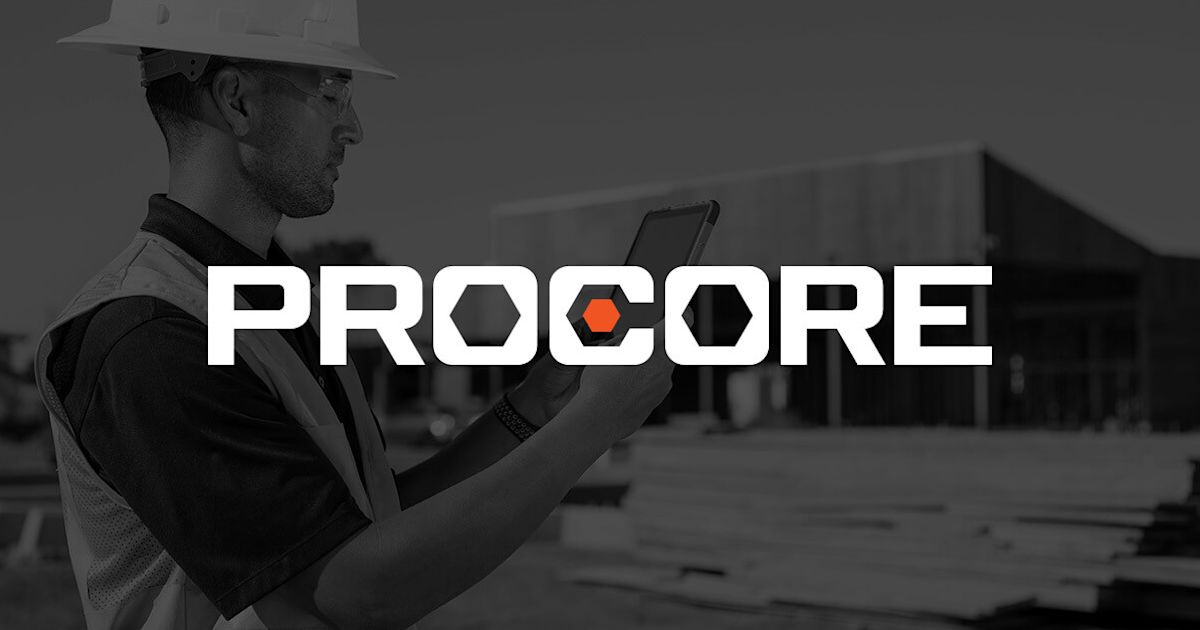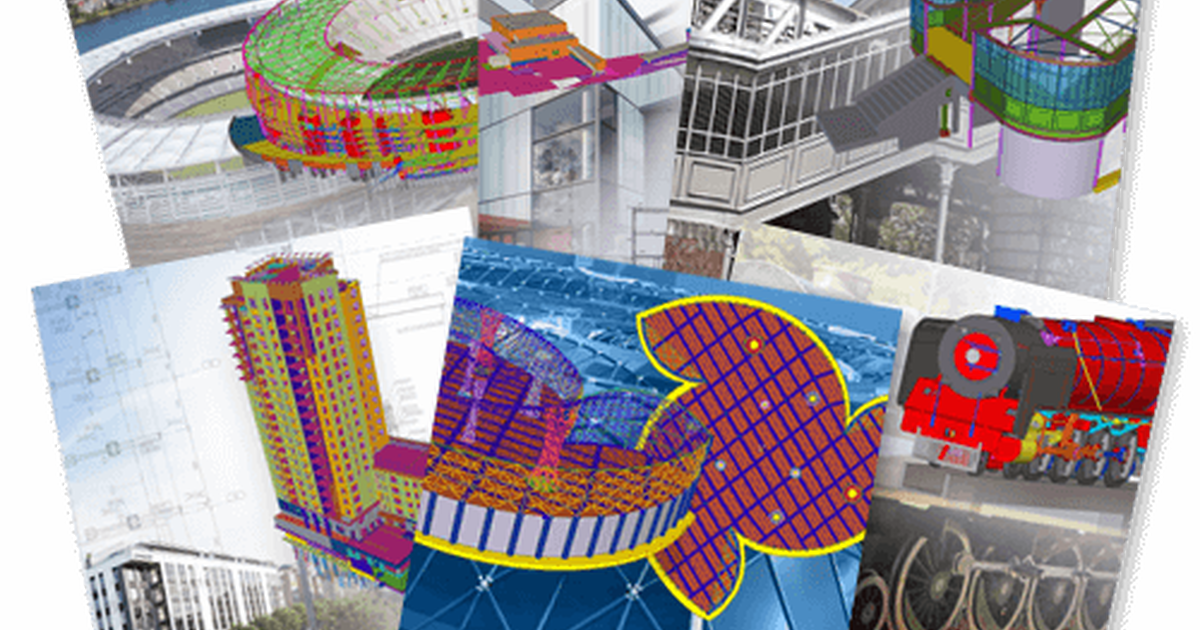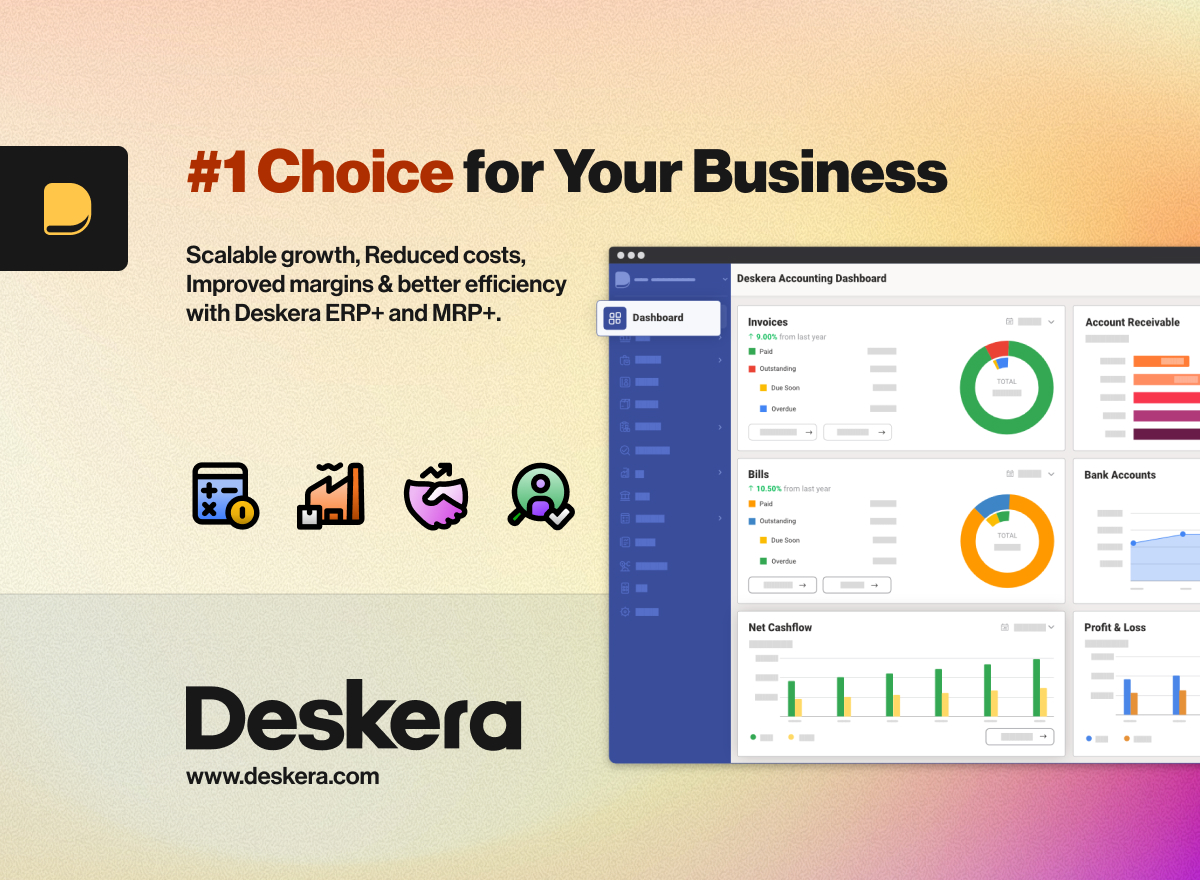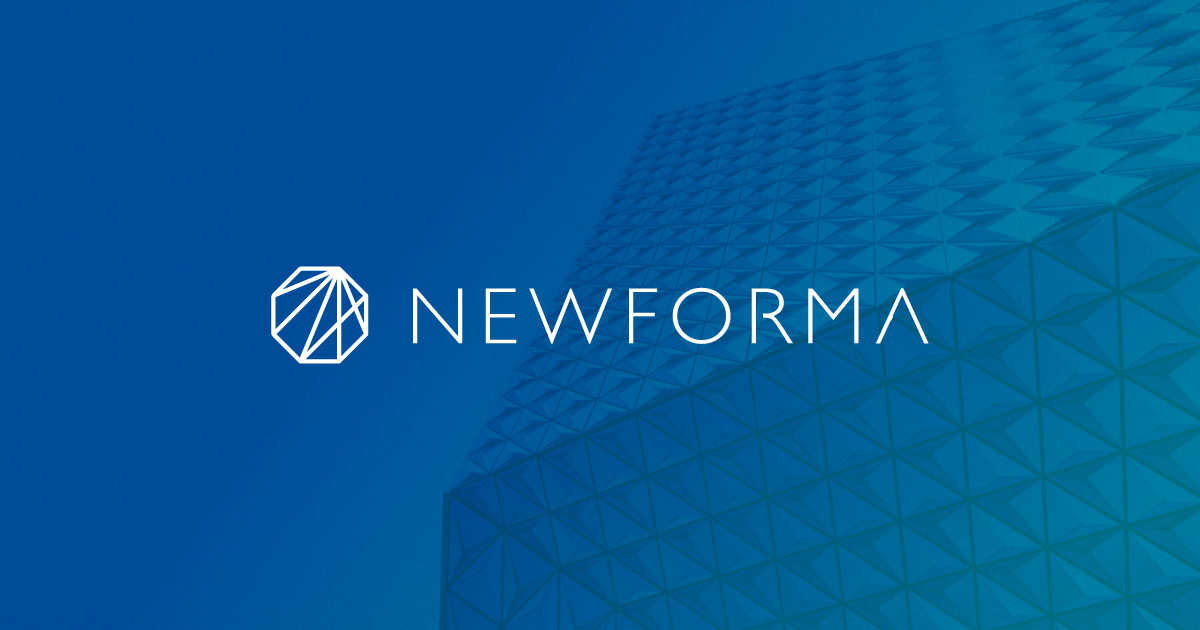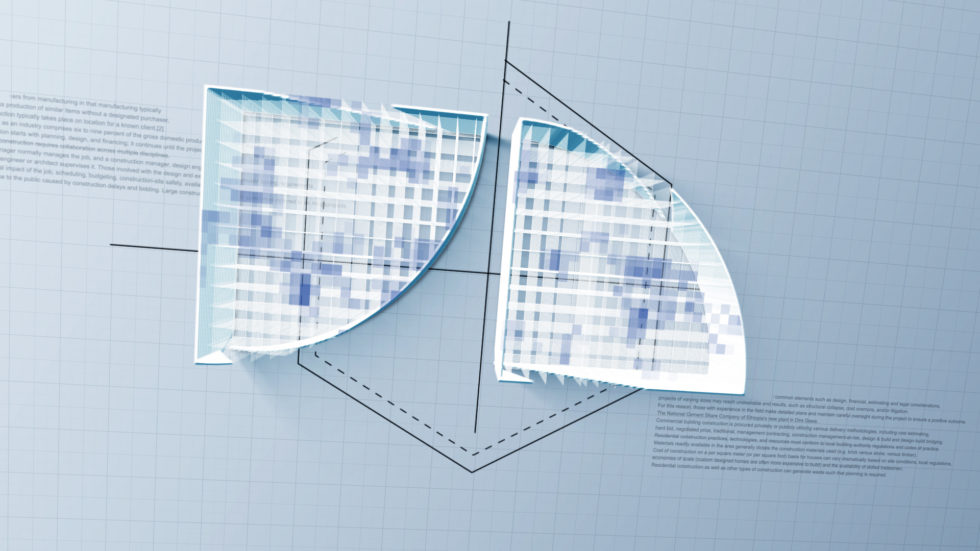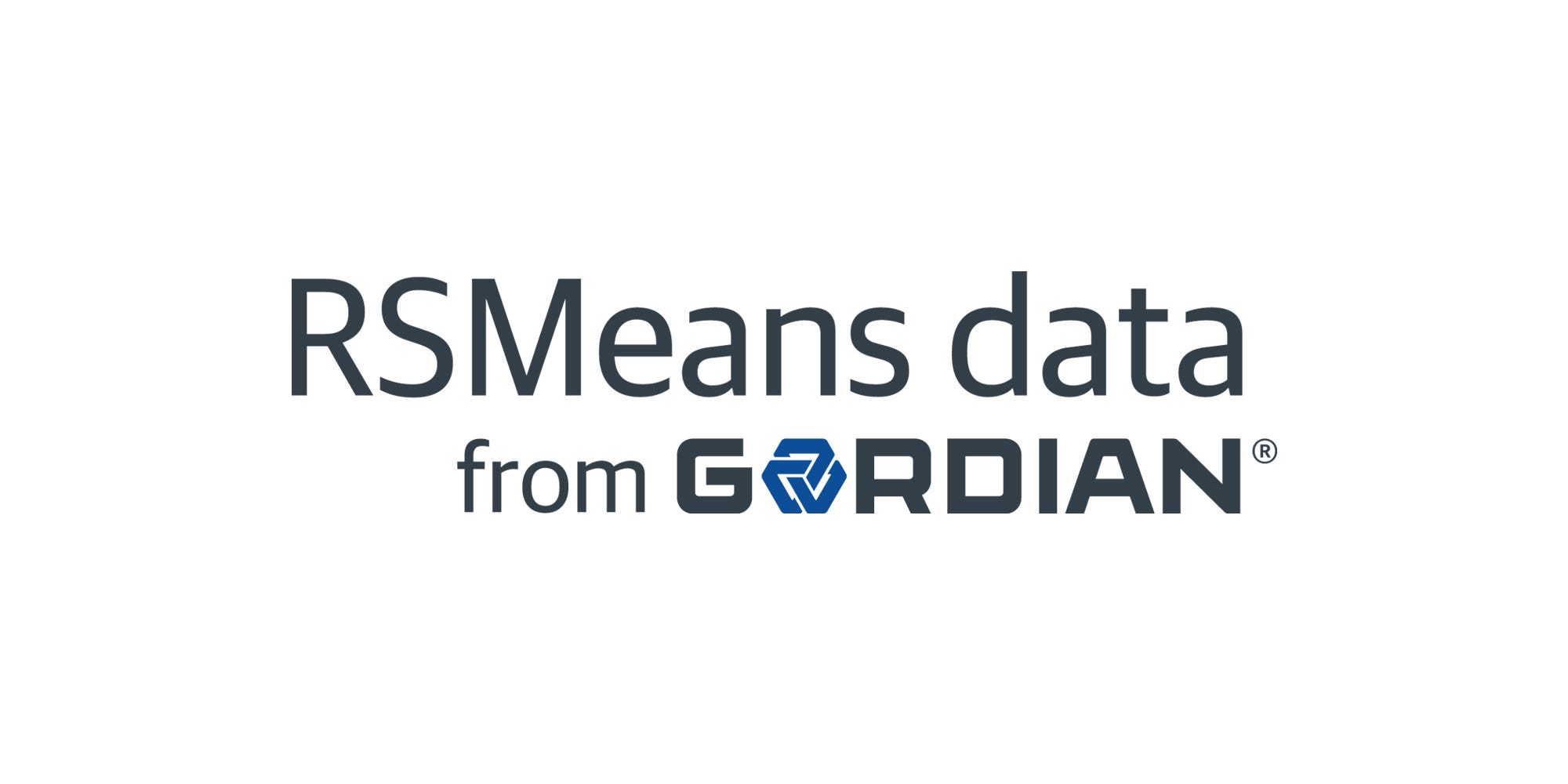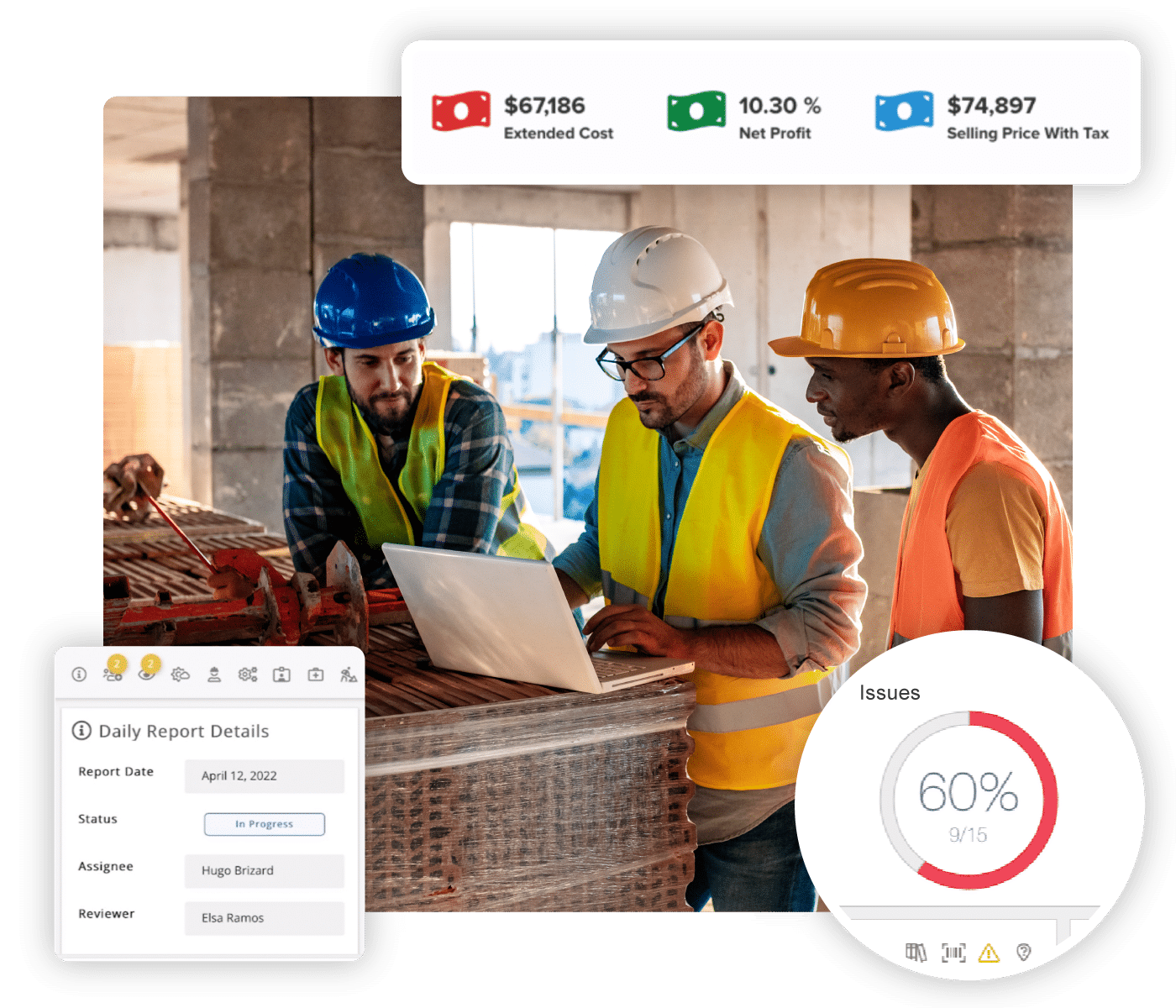Introduction
Construction takeoff software has become indispensable for contractors to accurately quantify materials, labor and equipment needed for projects from blueprints and plans. Without reliable quantity surveying tools, estimates risk going over budget which can jeopardize project profitability and client satisfaction. This blog evaluates the top 15 construction takeoff solutions currently available based on key differentiating factors to help users shortlist options for optimized workflows and project success.
Methods of Evaluation
The companies were evaluated based on the following criteria: functionality for automated item extraction and measurements, integration with cost databases and estimating workflows, usability across desktop and mobile, extent of customization options, level of support for common file formats, market reputation proven by customer reviews, number of backlinks and organic traffic, keyword search trends. Higher rankings were given to solutions demonstrating leadership in most of these parameters through transparent reviews, trusted industry partnerships and continuous product enhancements as per evolving user needs.
1. Procore Takeoff
Procore Takeoff is a takeoff and estimating software solution developed by Procore Technologies. As part of Procore’s fully-integrated construction management platform, Procore Takeoff allows users to automatically generate accurate estimates directly from CAD drawings and BIM models.
Pros: Key advantages of Procore Takeoff include:
– Integrated with Procore platform for streamlined workflows
– Automatically measures quantities directly from CAD files to speed up the takeoff process
– Includes material and labor cost databases for estimating
– Allows for customizable export of estimates in different formats
Cons: A potential disadvantage is that Procore Takeoff requires a paid subscription to the full Procore platform in order to use all of its advanced features and integrations.
Pricing: Pricing for Procore Takeoff depends on the edition selected as part of a Procore subscription. Standard pricing starts at $75 per user per month.
Some key stats about Procore Takeoff include:
– Used by over 1 million users worldwide
– Integrates with Procore’s full platform including plans, RFIs, schedules, and more
– Supports popular 2D and 3D file formats like AutoCAD, Revit, and Navisworks
2. STACK Construction
STACK Construction is a leading construction estimating and takeoff software. In business since 2008, STACK helps over 5,000 contractors streamline their operations. With its all-in-one platform, STACK provides estimating, project management, accounting, and business intelligence tools to help contractors save time and work more efficiently.
Pros: Some key advantages of STACK Construction include:
– All-in-one software suite that eliminates the need for multiple programs
– Integrations with material suppliers for seamless data transfer
– Automated quantity surveying speeds up the takeoff process
– Advanced project management tools for task scheduling, budgets, communications and more
Cons: A potential disadvantage is the learning curve for newer users accustomed to spreadsheets or competing programs. While the interface is intuitive, there is more functionality than simpler alternatives.
Pricing: STACK Construction offers flexible pricing plans starting from $99/month for the Basic plan up to $299/month for the Premium plan. All plans include estimating, takeoffs, project management and more. Additional users can be added for $25/month each. No long term contracts required.
Some key stats about STACK Construction include:
– Over 5,000 contractors use STACK worldwide
– Integrated with over 50 major material providers for easy estimating
– Automated quantity takeoffs save users an average of 30% time on takeoffs
– Mobile apps allow users to manage projects from any location
3. Tekla Structures
Tekla Structures is a robust 3D modeling and takeoff software developed by Trimble for structural engineering and fabrication applications. As one of the leaders in Building Information Modeling (BIM) for steel, concrete, and structural workflows, Tekla Structures provides powerful tools for modeling, quantification, documentation, and collaboration throughout the preconstruction process.
Pros: Key advantages of Tekla Structures include its robust 3D modeling capabilities, automated material quantification and takeoffs, integration with estimating and detailing workflows, and wide compatibility with BIM file formats from other design tools.
Cons: One potential disadvantage is Tekla Structures’ learning curve for new users transitioning from 2D CAD. Its modeling paradigm requires adapting to a fully parametric environment compared to traditional CAD tools.
Pricing: Tekla Structures pricing starts at $4,995 for the Basic 3D Modeling license and scales up based on configuration and add-on modules. Volume discounts and Enterprise pricing agreements are also available for firms with multiple users.
Some key stats about Tekla Structures include its use on over 50% of all steel projects worldwide, compatibility with over 50 CAD/BIM formats, and automated material takeoffs processing over 10 billion connection details. With users in over 80 countries, Tekla Structures boasts one of the largest install bases in construction modeling software.
4. Viewpoint Construct
Viewpoint Construct is a leading construction management software developed by Viewpoint. With over 25 years of experience, Viewpoint helps contractors of all sizes to streamline operations and manage projects from preconstruction through closeout. Some key facts about Viewpoint Construct include that it supports the construction management needs of nearly 8,000 construction firms worldwide.
Pros: Some key advantages of Viewpoint Construct include its robust preconstruction platform for takeoffs, estimating and bidding. The software offers integrated takeoffs, estimating and bidding on a single platform. Viewpoint Construct also provides powerful analytics and reporting capabilities. Users can gain insights into project budgets, schedules, costs and more. Additionally, Viewpoint Construct acts as a full end-to-end project management solution covering the entire construction lifecycle.
Cons: As a fully-featured construction software solution, Viewpoint Construct can be complex to set up and implement for some contractors. The learning curve may be steep for new users to learn all of the modules and features. Comprehensive training and support is generally required for full utilization.
Pricing: Viewpoint Construct pricing is customized based on the needs and size of each construction company. It offers flexible licensing models including perpetual, subscription and freemium/trial versions. Interested parties can request a free demo and pricing quote customized to their business from the Viewpoint website.
Viewpoint Construct offers robust preconstruction capabilities including takeoff, estimating and bidding tools. It also features integrated project management tools to help track schedules, costs, submittals and more from start to finish. Viewpoint Construct users have access to powerful reporting and analytics to gain insights into project performance and profitability. The software solution offers a full suite of end-to-end construction project management capabilities.
5. Deskera Construction
Deskera Construction is cloud-based construction ERP software that offers a comprehensive suite of modules for estimating, takeoffs, project management and accounting. As a leading construction management solution, Deskera helps contractors streamline operations, enable collaboration and gain real-time visibility across projects and teams.
Pros: Key advantages of Deskera Construction include:
– Cloud-based solution that offers flexibility and accessibility from any device
– Modules for estimating, takeoffs, project controls and remote collaboration
– Automates project workflows to boost efficiency
– Real-time dashboard views and reporting for actionable insights
Cons: One potential disadvantage is that as a newer company, Deskera may not have as extensive customer support and implementation services compared to larger ERP vendors.
Pricing: Deskera Construction offers flexible pricing plans starting from $49 per user per month for its basic plan up to custom enterprise plans. Pricing is scalable based on the number of users and modules required.
Some key stats about Deskera Construction include:
– Used by over 10,000 companies worldwide
– Modules for estimating, bidding, project management, accounting and more
– Enables remote workforces with its mobile and web-based capabilities
– Integrates with 200+ applications like QuickBooks, MS Project and Sage 100 Contractor
6. eSUB
eSUB is a cloud-based construction management software developed specifically for subcontractors and trades contractors. Founded in 2012 and based in Vancouver, eSUB aims to streamline project management for contractors through an all-in-one solution. Their takeoff module is integrated directly into the rest of their software for seamless takeoff, estimating, and project workflow.
Pros: Some key advantages of eSUB’s construction management software include:
– Tailored specifically for trades contractors and their unique needs
– Takeoffs are automatically linked to estimates for streamlined workflows
– Seamless integration with accounting and project management tools saves time and reduces errors
– Mobile apps provide access to projects from anywhere
Cons: A potential disadvantage is that the software is tailored specifically to trades contractors, so general contractors may find it lacks some functionality for their needs.
Pricing: Pricing for eSUB starts at $89 per user per month for their Basic plan. Their Premier plan is $149 per user per month. Both plans include takeoffs, estimating, accounting integration, and more. Additional users can be added as needed. No long term contracts required.
Some key stats about eSUB include:
– Used by over 5,000 contractors globally
– Integrates with over 40 accounting and project management platforms including Sage 100, QuickBooks, and Procore
– Available in the US, Canada, UK, and Australia
7. Buildertrend
Buildertrend is a leading construction project management software used by home builders, remodelers, and contractors. Founded in 2004 and based in Lehi, Utah, Buildertrend offers a complete cloud-based construction management solution with integrated takeoffs, estimating, bidding, scheduling, project management, and accounting capabilities. Their platform can be accessed from any web browser or via their native iOS and Android mobile apps.
Pros: Some key advantages of Buildertrend include:
– Complete construction management solution in a single platform for estimating, scheduling, project management, field tracking and accounting
– Integrated takeoff and estimating tools simplify bidding and job costing workflows
– Cloud-based for easy collaboration from anywhere via desktop and mobile
– Supports importing of plans from all major CAD file formats like PDF and DWG
Cons: A potential disadvantage is that Buildertrend may have a steeper learning curve than some simpler and less full-featured competing solutions. Contractors will need to invest time in onboarding and training staff on all of the platform’s capabilities.
Pricing: Buildertrend offers several pricing tiers based on the number of users and projects. Pricing starts at $99 per month for the basic Solo plan with up to 3 users and 3 active projects. Their most popular plan is Contractor at $149/month which supports up to 10 users and 25 projects. Larger teams can opt for the Premier or Enterprise plans offering unlimited users and projects starting at $249/month.
Some key stats about Buildertrend include:
– Used by over 15,000 construction firms worldwide
– Supports over 450 import/export file types including PDF, DWG, and IFC
– Projects can be shared with external teams via a permission-based approval system
– Mobile apps allow access to projects, plans, Submittals and RFIs from any device
8. EagleView
EagleView is a leading provider of geospatial software and aerial imagery. Founded in 1999, EagleView aims to deliver the world’s most accurate aerial imagery. Their software allows users to perform quantity takeoffs directly from aerial images and integrate the measurements seamlessly into estimating workflows.
Pros: Key advantages of EagleView’s takeoff software include:
– Fast and accurate quantity takeoffs directly from aerial photos saves time over manual takeoffs
– Automated measurements eliminate human error and reduce time spent on takeoffs
– Cloud-based access allows takeoffs to be done from anywhere on any device
– Integrates seamlessly with popular estimating tools like Bluebeam and PlanSwift
Cons: A potential downside is that the software requires an active internet connection to access the imagery library. This could be an issue for some users who need offline access.
Pricing: EagleView offers monthly and annual pricing plans starting at $99 per month for a basic solo license. Volume discounts are available for multiple user licenses. An introductory free trial is also available to test the software.
Some key stats about EagleView:
– More than 1.5 million subscribers globally
– Processes over 1 million aerial images annually
– Covers 95% of addresses in the US and Canada
9. Newforma Project Center
Newforma Project Center is a construction administration and collaboration software developed by Newforma. It provides complete preconstruction capabilities including takeoffs, estimates, bids, budgets and more in an integrated cloud-based platform.
Pros: Some key advantages of Newforma Project Center include:
– Complete preconstruction solution with integrated takeoffs, estimates, bids and budgets
– Cloud-based collaboration that allows teams to work together securely from anywhere
– Easy sharing of documents, drawings, RFIs and other project information
– Flexible platform that supports all project delivery methods
Cons: One potential disadvantage is that the software requires an investment and recurring subscription costs which may not be feasible for smaller companies or projects.
Pricing: Newforma Project Center pricing starts at $50 per user per month for the basic plan and scales up based on the number of users and features required. Volume discounts are also available for larger organizations.
Some key stats about Newforma Project Center include:
– Used by over 150,000 users worldwide
– Supports projects of all sizes from small residential to large commercial and infrastructure
– Integrates seamlessly with accounting software like Sage 300 CRE, QuickBooks, and others
10. JobNimbus
JobNimbus is a leading takeoff and estimating software for roofing contractors. Founded in 2020, the company aims to help roofing businesses save time and improve efficiency through automated digital processes. The software leverages artificial intelligence and computer vision to extract material quantities from blueprints, photos, and documents.
Pros: Key advantages of JobNimbus include:
– AI and image recognition powered material extraction saves significant time over manual takeoffs
– Automates standard estimating tasks like material lists and pricing to reduce errors
– Integrated estimating, bidding, project management in one platform for end-to-end workflow
– Supports a variety of input file formats like PDF, JPG, PNG for flexibility
Cons: A potential disadvantage is that the AI capabilities are still limited for complex roof designs or plans with poor quality scans. In these cases manual intervention may still be required to achieve full accuracy.
Pricing: JobNimbus offers three pricing tiers:
– Basic ($49/month): Core estimating and takeoff features
– Pro ($99/month): Adds project management, CRM integrations
– Enterprise (Custom Pricing): Full suite for large contractor operations
Some key stats about JobNimbus include:
– Used by over 500 roofing contractors globally
– Processes over 10,000 jobs per month
– Can extract material quantities from plans in under 5 minutes on average
– Integrates with 30+ financial and project management tools
11. RSMeans online
RSMeans data is a leading construction cost estimating software that provides accurate and up-to-date cost data for building construction projects. As one of the most trusted sources for construction cost information, RSMeans data has been helping pre construction managers, architects, engineers, and contractors estimate and control costs for new building and renovation projects for over 60 years.
Pros: Some key advantages of RSMeans data include:
– Trusted cost database sourced from actual construction projects.
– Convenient online interface that allows uploading plans and creating automatic Assembly estimate reports.
– Suitable for small residential projects up to large commercial projects of any scale or complexity.
– Integrates well into construction estimating workflows through seamless interfaces with commercial estimating software.
Cons: A potential disadvantage is that the cost data is only as accurate as the last update, so recent market fluctuations may not be fully reflected until the next annual update of the cost database.
Pricing: Pricing for RSMeans data starts at $99.99 per month for the basic version and scales up based on the number of users and type of functionality required. Volume licensing deals are also available for enterprise needs.
Some key stats about RSMeans data include:
– Over 300,000 skills and labor costs for over 16,000 construction line items.
– Cost data updated annually to account for inflation and market fluctuations.
– Cost data covers building construction costs across North America including the US and Canada.
– Used by over 75% of all major U.S. general contractors and subcontractors.
12. Xactware
Xactware is a leading provider of property estimating software for the insurance and construction industries. For over 30 years, Xactware solutions have helped insurance carriers, adjusters, and contractors efficiently and accurately estimate property damage from claims. Their flagship product is Xactimate, the most widely used software in the property claims industry for generating detailed estimates, managing the claims process, and valuing repairs and reconstruction.
Pros: Key advantages of Xactware solutions include:
– Trusted platform well-suited for insurance claims processing
– Robust dimensioning and measurement tools for capturing damage details
– Integrates directly with Xactimate for seamless estimating workflows
– Comprehensive material and labor databases for construction/repair costs
Cons: A potential disadvantage is that the software is focused primarily on insurance claims use cases rather than general takeoff/estimating needs for contractors.
Pricing: Pricing for Xactware solutions varies based on the specific products, modules, and number of users. Licensing is typically annual or multi-year. Contact Xactware sales for a custom quote tailored to your business needs.
Some key stats about Xactware include:
– Used by over 25,000 organizations globally
– Processes over $150 billion in property claims annually
– Covers 150+ countries with localized versions
13. Vendavo Estimating
Vendavo Estimating is a cloud-based construction takeoff and estimating solution developed by Vendavo. Vendavo is a leading provider of pricing optimization, CPQ, and rebate management solutions to help companies profitably grow their businesses. The Vendavo Estimating product provides construction professionals with fast and accurate digital takeoff capabilities to streamline the estimating process.
Pros: The main advantages of Vendavo Estimating include:
– Integrates with popular CPQ platforms like AutoQuote to streamline the sales quoting process
– Provides automatic digital takeoffs for repetitive MEP components and assemblies to reduce manual labor
– Optimized workflows allow estimators to rapidly generate estimates from concept through bidding
– Offers customizable proposal templates to quickly generate polished proposals and bids
Cons: One potential disadvantage is that the upfront implementation and setup costs for Vendavo Estimating may be higher than some other takeoff solutions. However, Vendavo aims to provide a faster ROI through increased accuracy, reduced estimation times, and better integration capabilities.
Pricing: Vendavo Estimating pricing is based on the number of users. Starting pricing begins at $100/month per user for the basic Estimating plan. Volume discounts are available for larger teams. Vendavo also offers flexible annual and multi-year subscription plans.
Some key stats about Vendavo Estimating include:
– Used by over 500 contractors and subcontractors globally
– Ability to complete takeoffs up to 10x faster than manual methods
– Integrates seamlessly with accounting and project management platforms like Sage Intacct and Procore
– Provides automated material takeoffs for MEP (mechanical, electrical, plumbing) assemblies and other pre-assembled item types
14. CMiC Esticom
CMiC Esticom is a construction management software created by CMiC for mechanical contractors. The software includes dedicated modules for MEP takeoffs and estimates that help contractors accurately price jobs from the bidding phase through project completion. CMiC Esticom is fully integrated with CMiC’s financials and project management modules to provide a comprehensive ERP solution for MEP contractors.
Pros: Key advantages of CMiC Esticom include:
– Comprehensive ERP tailored specifically for MEP contractors
– Dedicated takeoff and estimating modules streamline the bidding process
– Full integration with financials and project management for end-to-end visibility
Cons: One potential disadvantage is the upfront cost, as CMiC Esticom requires an annual or monthly subscription fee. However, this is offset by the cost savings and increased efficiencies provided by the software over time.
Pricing: Pricing for CMiC Esticom depends on the number of users and modules needed. Contact a CMiC sales representative for a customized quote.
Some key stats about CMiC Esticom include:
– Used by over 4,000 contractors worldwide
– Integrates with over 30 hardware and software products for seamless data transfer
– Real-time access to estimates, bids, schedules, RFIs, submittals and more from any device
15. Stack Construction Technologies
STACK Construction Technologies offers cloud-based construction management software including estimating, takeoffs, project management, and accounting solutions. Founded in 2011 and based in Scottsdale, Arizona, STACK aims to provide general contractors, subcontractors, and owners with integrated technology to streamline their construction workflow.
Pros: Some key advantages of STACK’s construction software include:
– Automated quantity takeoffs using AI-powered image recognition and object detection to reduce time spent measuring items in blueprints
– Cloud and mobile access allowing teams to access estimates, drawings, RFIs, and more from any device
– Integration with accounting software like Sage 100 Contractor and Viewpoint to eliminate duplicate data entry
Cons: A potential disadvantage is the monthly subscription pricing model which requires an ongoing investment compared to one-time perpetual licenses. However, this also means customers always have the latest version and upgrades are included automatically.
Pricing: STACK offers different pricing tiers based on the number of users and type of plan. The basic plan starts at $99/month for 3 users and includes estimating, takeoffs, project management, and accounting. Larger plans with additional features are available for teams of 5, 10, 25, 50, and 100+ users with discounts for annual payment.
Some key stats about STACK include:
– Used by over 7,000 construction companies globally
– Processes over $50 billion in construction projects annually
– Available in 13 languages with customers in 60+ countries
Conclusion
With the construction industry rapidly digitizing, takeoff software is becoming critical for precise preconstruction planning and execution. This guide highlights some of the most full-featured solutions empowering contractors globally with automated workflows. Continuous innovation is key to stay relevant in this fast-paced space. Users are encouraged to trial multiple options as per their unique project profiles before selecting the right fit to supercharge their estimating capabilities and maximize profits.




